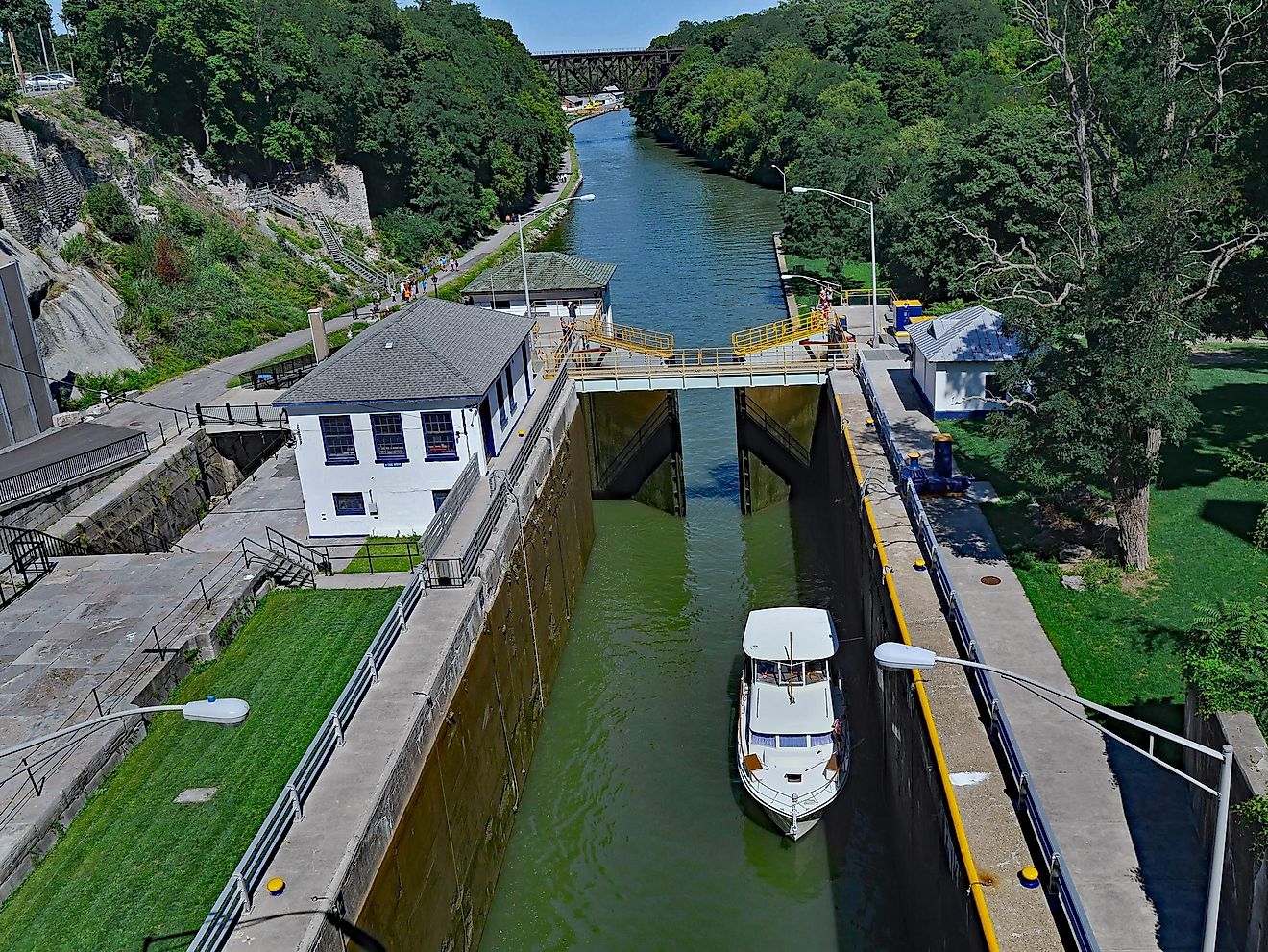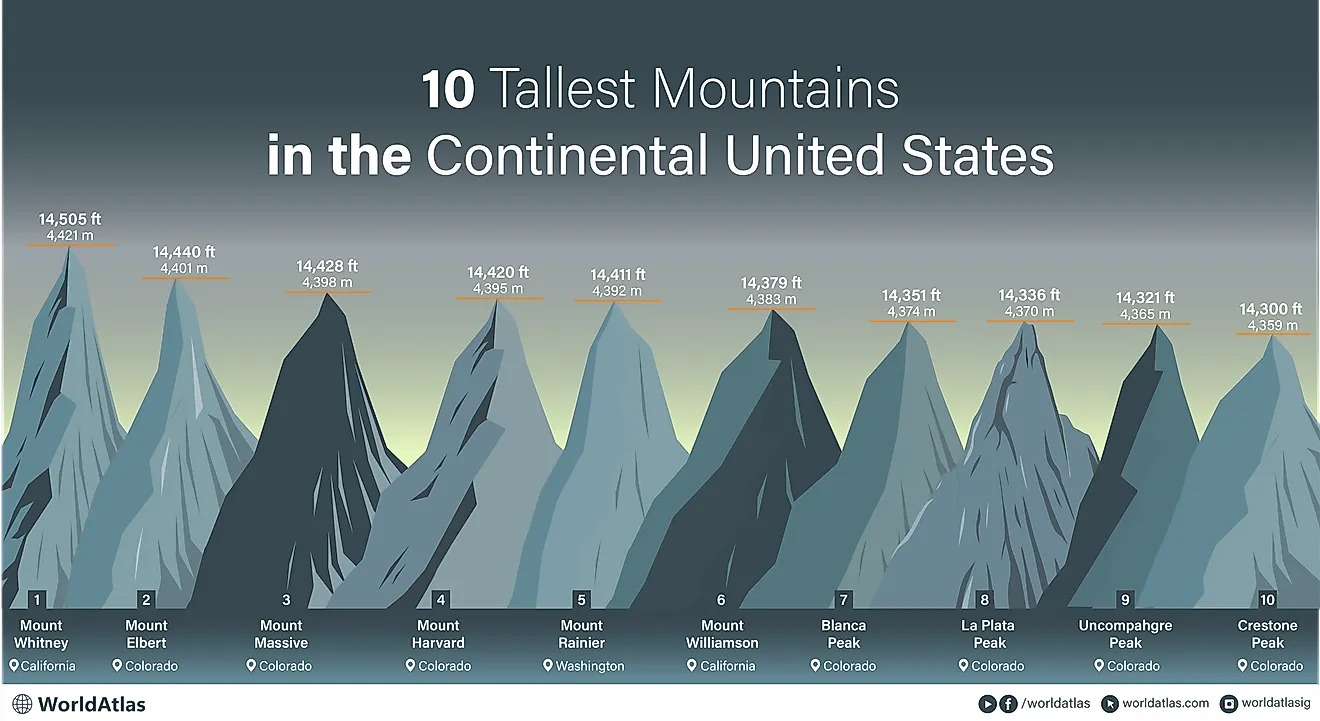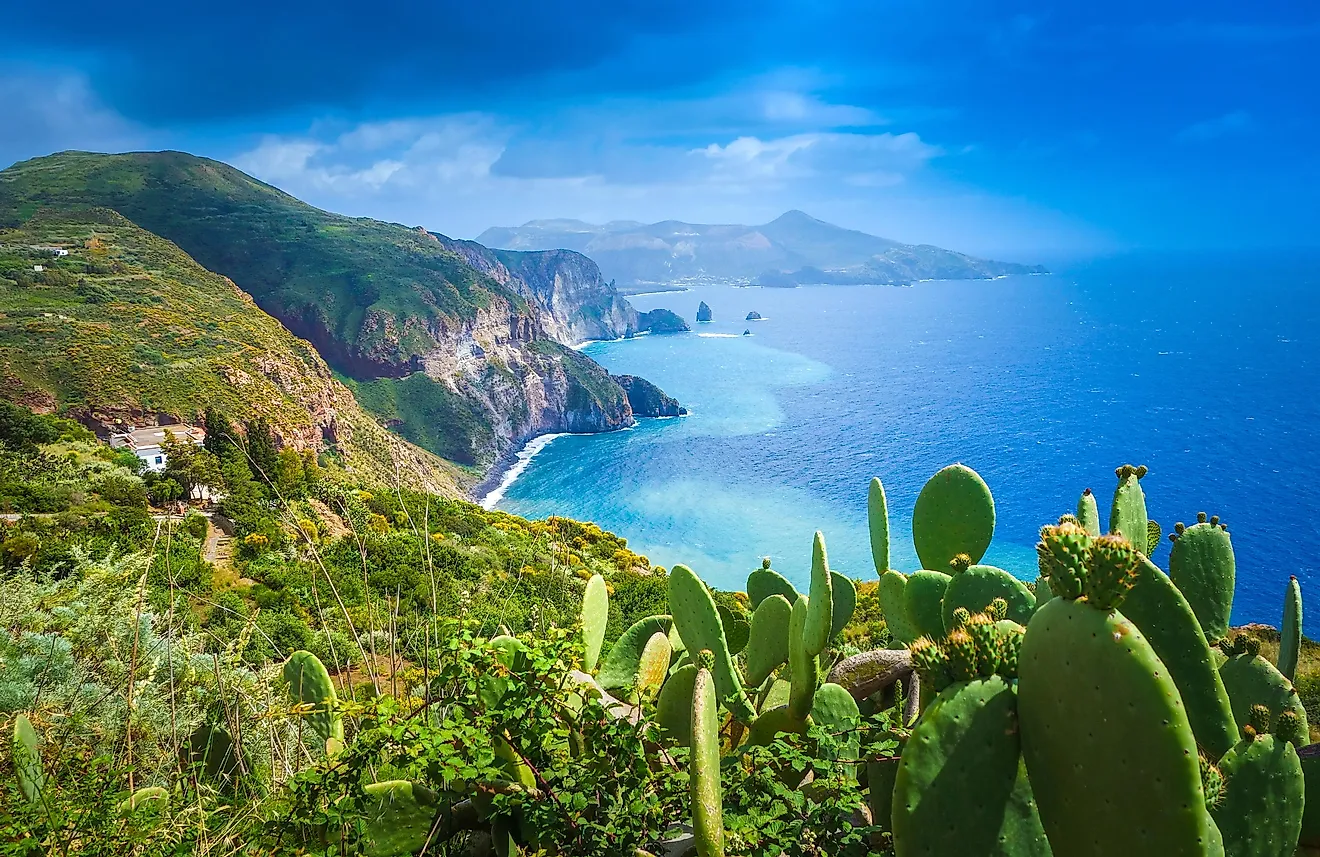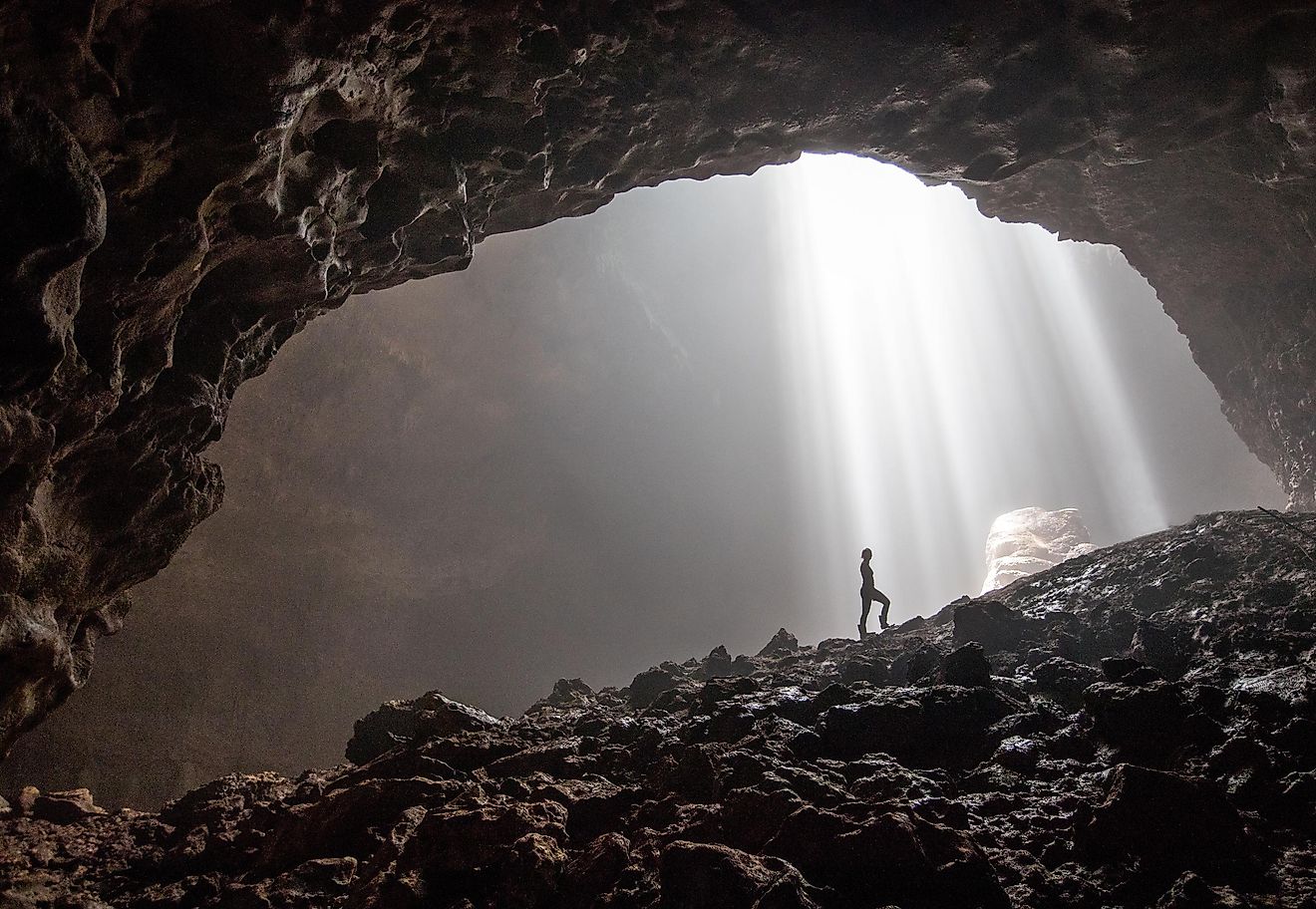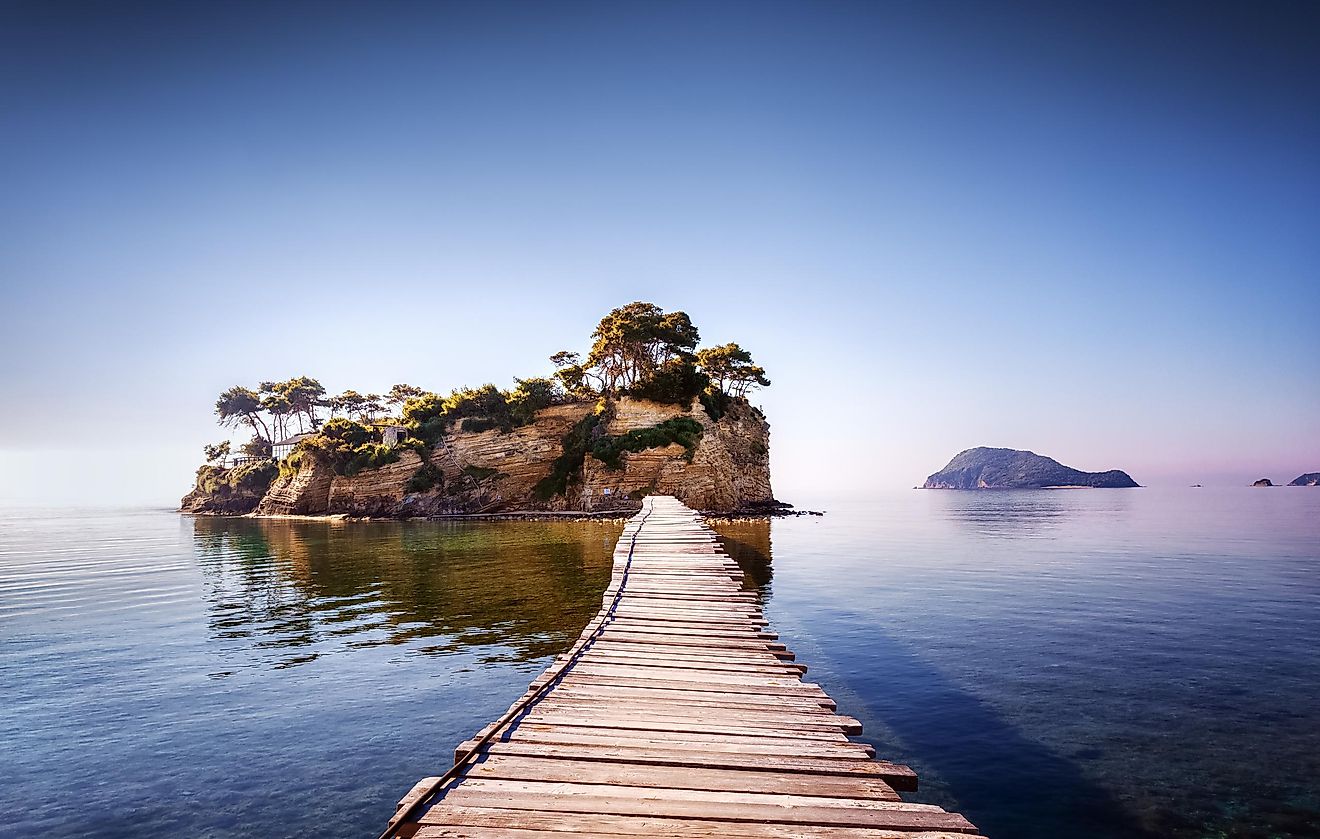
Cyclades Islands
The sovereign nation of Greece (officially, the Hellenic Republic) comprises numerous islands and islets which are further grouped into several clusters depending on their location. The island clusters include the Sporades, North Aegean, Argo-Saronic, Ionian, Crete, Dodecanese, and the Cyclades.
Geography

The Cyclades Island group comprises about 220 islands and is geographically positioned in the southern part of the Aegean Sea in southeastern Greece. The Cyclades islands are surrounded by the Sea of Crete in the south.
The principal islands in the Cyclades island group include Delos, Santorini (Thira), Syros, Antiparos, Andros, Anafi, Amorgos, Kea, Kythnos, Ios, Naxos, Mykonos, Milos, Paros, Serifos, Tinos, Sikinos, Sifnos, Folegandros, and Kimolos. The smaller islands of the group include Rineia, Makronisos, Schoinousa, Irakleia, Koufonisia, Eschati, Donousa, and Gyaros. The volcanic crater island of Santorini (Thira) is the southernmost island in the Cyclades Island group. As per the Greek Kallikratis Reform of 2011, the Cyclades islands became a part of nine new regional units under the South Aegean region.
The term Cyclades literally means "circular" or "encircling islands" and refers to the group of islands that form a circle around Delos. The Cyclades island group collectively occupies a land area of 2,572 km2 and are considered to be the peaks of submerged mountainous terrains.
Naxos

Covering an area of 429.785 km2, the island of Naxos is the largest among all the Cyclades islands. Naxos is the most fertile island in the Cyclades group and is a rich source of dark granular emery rock. Located in the Tragea region on the Naxos island is Mount Zas (Greek for Zeus), which rises to an elevation of 1,003 m and is the highest point in the entire Cyclades Island group. Situated on the western part of the island is Naxos City, which serves as the capital and the largest town of Naxos. Several villages like Apiranthos, Filoti, Glynado, and Koronos, are also found on the Naxos island. There are many beaches on the island including Agios Prokopios, Kastraki, Alikos, and Agios Georgios, among others. Naxos serves as a popular tourist destination and offers several recreational activities like windsurfing and kitesurfing for the island visitors.
Syros

Covering an area of 101.9 km2, the island of Syros is located about 144 km southeast of the Greek city of Athens. Syros is the most populated island in the Cyclades island group. Ermoupoli is the capital and the largest town of Syros island. Often referred to as the “City of Hermes,” the port town of Ermoupoli also serves as the capital and the administrative center of the entire Cyclades Island group as well as the South Aegean region. Some other towns on the Syros island include Ano Syros and Vari. Several villages like Poseidonia, Manna, Pagos, Foinikas, Galissas, and Kini are also found on the Syros island.
Delos

Covering an area of only 3.43 km2, the island of Delos is one of the smallest islands in the Cyclades island group. The island is believed to be the birthplace for the Greek Goddess Artemis and her brother Apollo and is therefore regarded as a sacred place. Delos also serves as an important religious, archaeological and historical center in Greece. The island was designated as a World Heritage Site by UNESCO in 1990.
Brief History
In ancient times, the Cyclades islands were the location of the Bronze Age Cycladic culture and were noted for their flat feminine idols that were carved out from the island’s exquisite white marbles. It is believed that the Carians who migrated from southwestern Anatolia were the early inhabitants of the Cyclades islands. As recorded by the Greek historian Herodotus, the Carians were the subjects of the Minoans and were later removed from the islands by the Ionians and the Dorians.
During the 10th and ninth centuries BCE, the islands were colonized by the Ionians and these islands flourished greatly between the eighth and sixth centuries BCE. During the years, the islands have been ruled by several major powers in the region including the Crusaders who eventually handed over the islands to the Venetians. Along with other Greek territories, the Cyclades islands were then ruled by the erstwhile Roman Empire. After the split of the Roman Empire, the islands were taken over by the Byzantines. After passing through several hands, the islands were then ultimately captured by the Ottomans. After the 1821 Greek War of Independence, the islands were handed over to the Kingdom of Greece.
